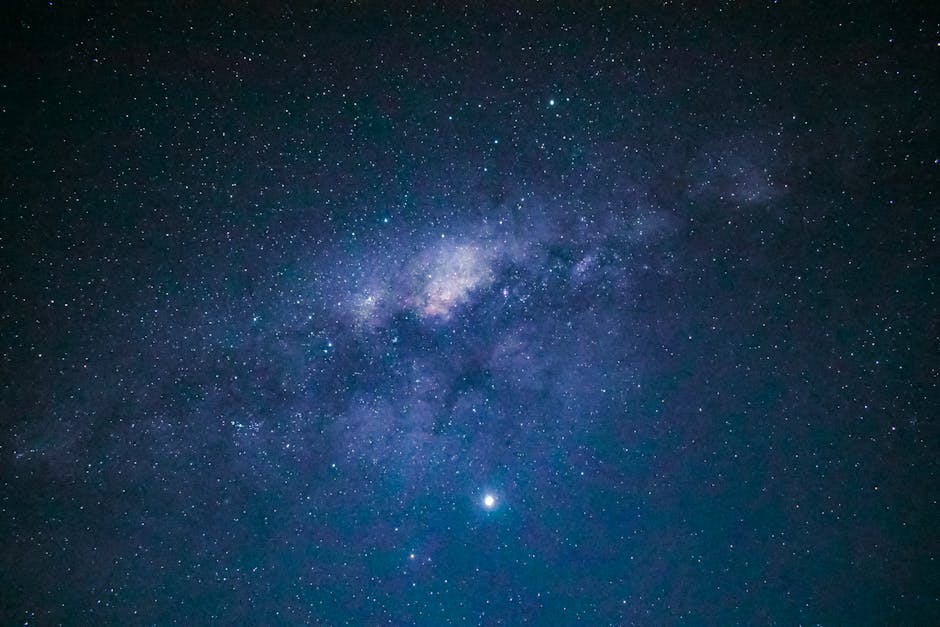
Star Gazing Tips for Beginners and Exploring Constellations
Getting Started with Star Gazing
Embarking on your star gazing adventure can be exciting and rewarding. To make the most of your experience, it's important to choose a dark location away from city lights, prepare some basic equipment like a telescope or binoculars, and bring along a star chart or mobile app for navigation.
Essential Tips for Beginners
- Find the right time: The best time for star gazing is during new moon nights when the sky is darkest.
- Be patient: Allow your eyes to adjust to the darkness for about 20-30 minutes.
- Use a star chart or app: Identify constellations and planets more easily with digital tools or traditional maps.
- Dress appropriately: Wear warm clothing, especially in cold climates or winter nights.
- Bring essentials: A red flashlight to preserve night vision, snacks, and a notebook for observations.
Popular Constellations to Watch
Learning to recognize constellations can greatly enhance your star gazing experience. Some of the most well-known include:
- Orion: Recognized by its distinctive belt and known as the Hunter.
- Ursa Major: Famous for containing the Big Dipper asterism, useful for locating the North Star.
- Cassiopeia: Noted for its W-shaped pattern, visible in the northern hemisphere.
- Scorpius: A striking constellation easily spotted in summer nights.
Enhance Your Experience
Join local astronomy clubs or online communities to gain more insights and share your observations. Remember, patience and curiosity are key to discovering the wonders of the night sky.
